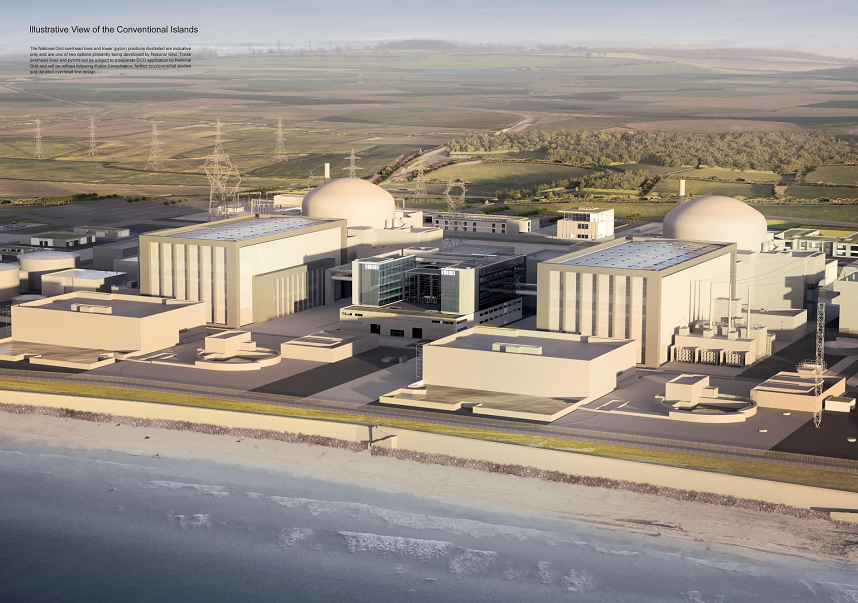
The Government’s deal for a new nuclear power plant at Hinkley Point has locked consumers into a “risky and expensive project” with uncertain benefits, the National Audit Office (NAO) warned.
The Department for Business, Energy and Industrial Strategy (Beis) finalised the deal to support the £18 billion Hinkley Point C reactor last September, with energy consumers paying subsidies on their bills for the scheme for 35 years.
But payments that will be added to consumer bills have ballooned from an estimated £6 billion to £30 billion, a report from the NAO said.
Beis has not sufficiently considered the costs and risks to consumers and it will not be known for decades whether Hinkley Point C will be value for money, the report added.
While it is a widely shared view some nuclear power is needed to ensure the UK cuts carbon emissions at the least cost, the case for Hinkley Point has weakened since the Government agreed key commercial terms in 2013, the NAO said.
The company building the nuclear plant, which is two-thirds owned by French energy giant EDF and one-third by China General Nuclear Power Group, will receive a guaranteed price for the power it generates.
The deal for the “strike price”, set at £92.50 per megawatt/hour in 2012 prices, was agreed without competition from other schemes.
Falling costs of fossil fuels, which reduce wholesale prices of electricity, means the forecast top-up payments on consumer bills have soared.
Delays have pushed back construction of Hinkley Point C, while the expected costs of most low-carbon alternatives to nuclear power, such as offshore wind, have fallen more than expected.
In addition, the NAO said the NNB Generation Company building Hinkley Point could still seek further financial support from the Government, while the technology being used for the reactor is unproven and other projects using it are facing difficulties.
Beis estimates £10 to £15 will be added to the average consumer bill up to 2030 to pay for Hinkley Point C, while if it and other nuclear projects are delayed and the gap filled by other low-carbon alternatives, bills could increase by £21-24.
But the department has not taken into account the fact that bill payers are locked into paying for Hinkley Point C long after 2030, when sources such as offshore wind will be much cheaper.
And while the Government is increasingly emphasising Hinkley Point C’s “unquantified strategic benefits” such as stimulating investment in other new nuclear plants and developing a UK supply chain, Beis has little control over these and no plan in place to deliver them.
Amyas Morse, head of the NAO, said: “The department has committed electricity consumers and taxpayers to a high cost and risky deal in a changing energy marketplace.
“Time will tell whether the deal represents value for money, but we cannot say the department has maximised the chances that it will be.”
A Beis spokesman said: “Hinkley Point C will be the first new nuclear plant in a generation.
“This was an important strategic decision to ensure that nuclear is part of a diverse energy mix.
“Consumers won’t pay a penny until Hinkley is built; it will provide clean, reliable electricity powering 6 million homes and creating more than 26,000 jobs and apprenticeships in the process.”
Recommended for you
